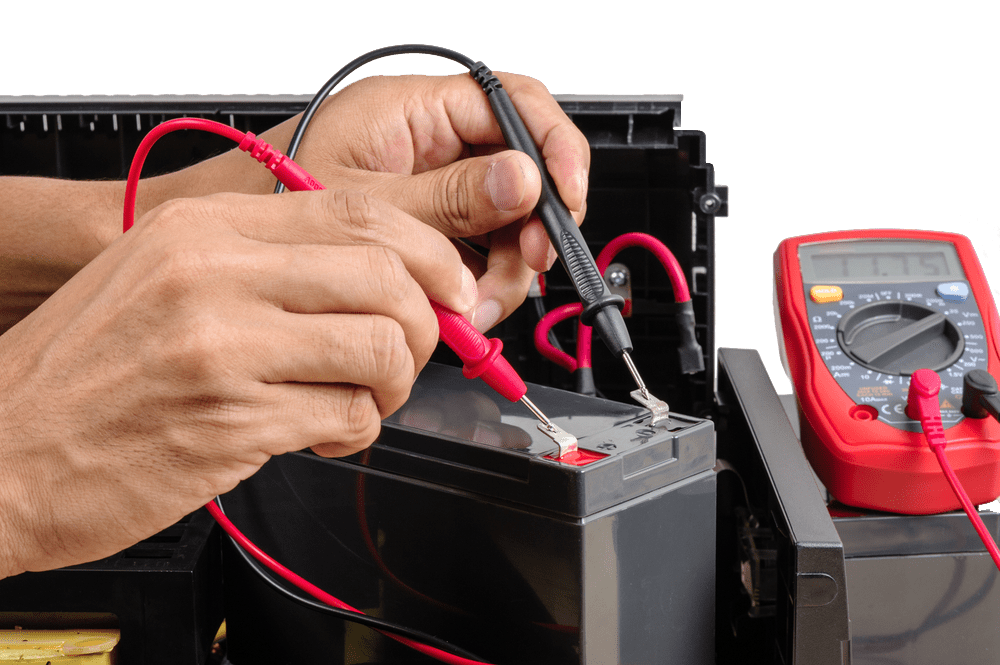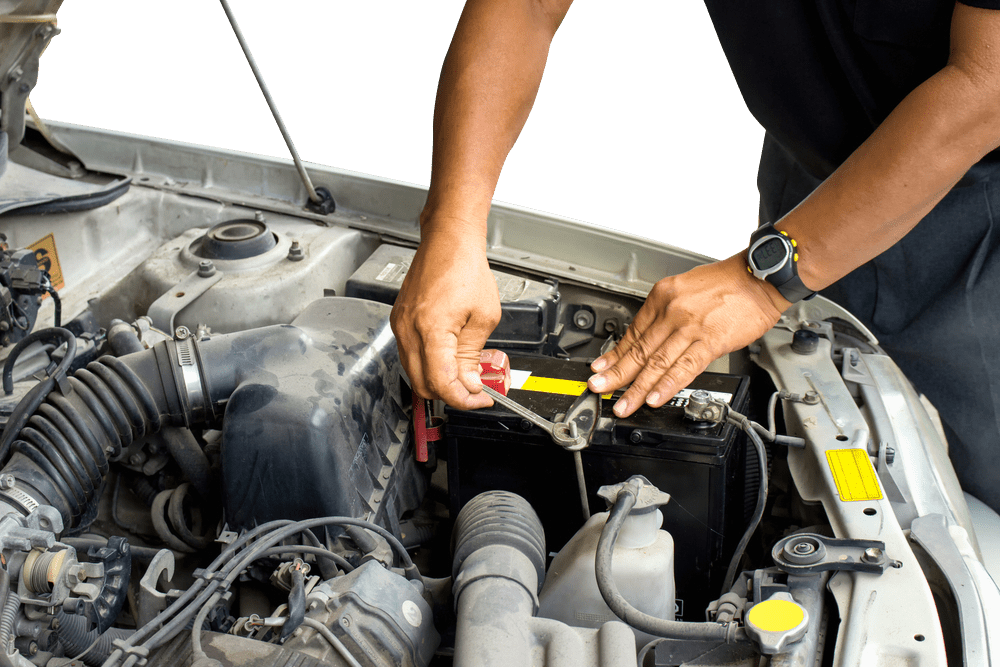- 25 Sep 2024
Common Signs of a Dead Car Battery

A dead car battery is one of the most frustrating issues a driver can face. Whether you are running late for work or preparing for a road trip, a car that refuses to start can throw your plans into disarray. Understanding the common signs of a dead car battery can save you time, money, and the inconvenience of being stranded. In this comprehensive guide, we will explore the key indicators that your car battery is on its last legs and needs immediate attention.
What Causes a Dead Car Battery?
Before delving into the common signs of a dead car battery, it’s important to understand what can cause your car battery to die. Several factors contribute to a battery’s decline, including:
- Age: Most car batteries last between 3 to 5 years. As they age, their ability to hold a charge diminishes.
- Extreme Temperatures: Both hot and cold weather conditions can shorten a battery’s lifespan.
- Corrosion: Build-up on the battery terminals can disrupt the connection and reduce power flow.
- Parasitic Drains: Electrical components, such as lights or radios left on, can drain the battery even when the car is off.
Top 7 Common Signs of a Dead Car Battery
Recognizing the common signs of a dead car battery early on can prevent unexpected breakdowns. Here are the top signs to watch for:
1. Slow Engine Crank
One of the most noticeable signs of a dead car battery is a slow engine crank. When you turn the key, if the engine takes longer than usual to start or cranks slowly, it’s a clear indication that your battery might be dying. This happens because the battery doesn’t have enough power to turn the engine over quickly.
2. Dim Headlights and Electrical Issues
Your car’s battery powers all of the vehicle’s electrical components, including the headlights. If you notice that your headlights are dim or flickering, it could mean that your car battery is not providing enough power. Additionally, other electrical issues like malfunctioning power windows, slow windshield wipers, or an unresponsive radio could also signal a weakening battery.
3. Dashboard Warning Light
Modern vehicles are equipped with dashboard warning lights that can alert you to battery problems. If you see a battery-shaped warning light illuminated on your dashboard, it’s a sign that your car’s electrical system has detected a problem with the battery, alternator, or another related component. Ignoring this warning could result in a dead car battery at the worst possible time.
4. Swollen Battery Case
Extreme temperatures can cause the battery case to swell. If your battery case looks bloated or swollen, it’s likely that the battery is damaged internally and on the brink of failure. This is a less common but very serious sign of a dead car battery.

5. Old Age
As mentioned earlier, car batteries typically last 3 to 5 years. If your battery is older than this, it’s more likely to die without much warning. Regular checks on the battery’s age can help you avoid being caught off guard by a dead car battery.
6. Strange Smell
A leaking battery can emit a smell similar to rotten eggs. This odor is caused by leaking sulfuric acid, which can corrode other parts of the car. If you notice this smell, have your car battery checked immediately, as it could be a sign that it’s nearing the end of its life.
7. Frequent Jump-Starts Needed
If you find yourself needing to jump-start your car more frequently, this is a strong indicator that your car battery is losing its ability to hold a charge. While jump-starting can temporarily revive a battery, it’s only a short-term solution. Frequent jump-starts suggest that the battery is on the verge of dying.
How to Prevent a Dead Car Battery
Now that we’ve covered the common signs of a dead car battery, let’s discuss some preventive measures you can take to extend your battery’s lifespan:
1. Regular Battery Inspections
Perform regular checks on your battery, especially before long trips or during extreme weather conditions. Look for signs of corrosion, leaks, or swelling.
2. Clean the Battery Terminals
Corrosion can build up on the battery terminals, hindering the electrical connection. Cleaning the terminals with a wire brush can help maintain a good connection and prevent battery drain.
3. Turn Off Electrical Components
Make sure all electrical components, like headlights, radios, and interior lights, are turned off when the engine is not running. This will prevent unnecessary drain on the battery.
4. Drive Your Car Regularly
If your car sits unused for extended periods, the battery can gradually lose its charge. Driving your car regularly helps keep the battery charged and in good condition.
5. Invest in a Battery Charger
A battery charger can be a great tool to keep your battery topped up, especially if you don’t drive your car often. It’s a small investment that can save you from the hassle of a dead battery.
When to Replace Your Car Battery
Even with the best care, car batteries don’t last forever. If you’re experiencing any of the common signs of a dead car battery, it might be time to replace it. Don’t wait until you’re stranded on the side of the road. Regular maintenance and prompt replacement of a failing battery can save you from major inconveniences and expenses.
Conclusion
Understanding the common signs of a dead car battery is essential for every driver. By recognizing these symptoms early, you can take action to prevent being caught off guard by a dead battery. Regular maintenance, prompt inspections, and knowing when to replace your battery are key to ensuring your car runs smoothly.











